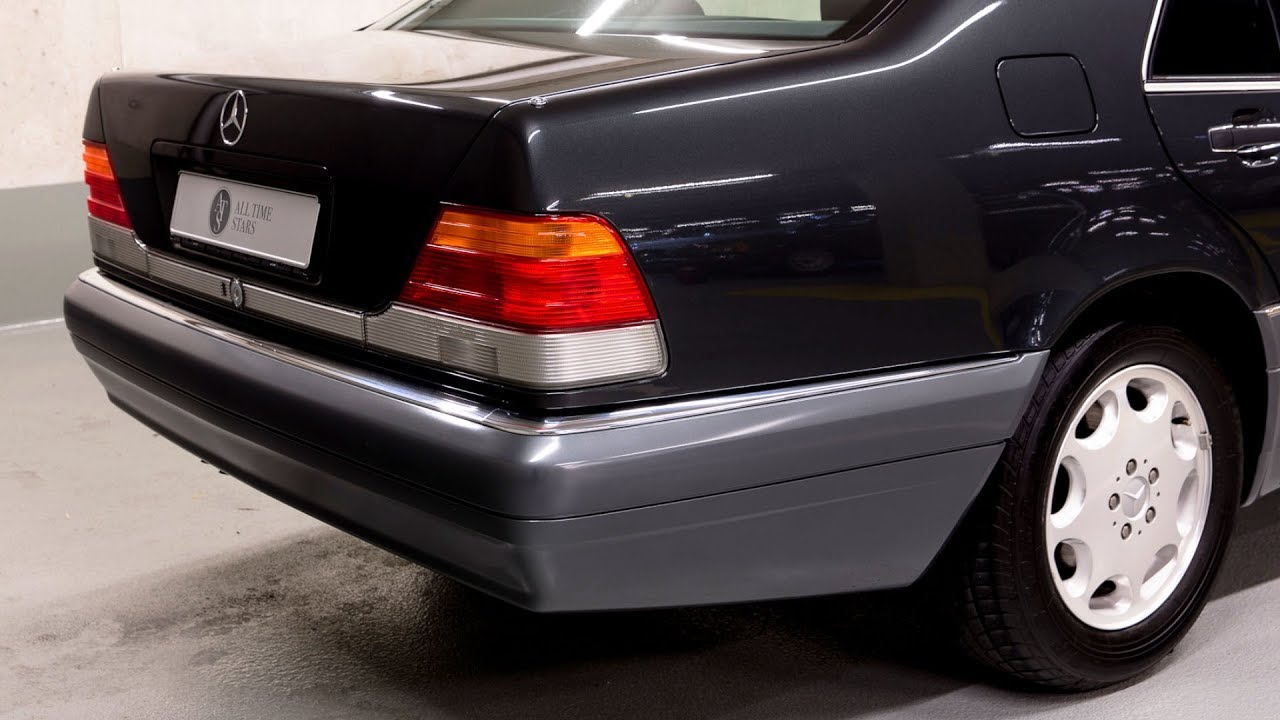
In March 1991 the new S-Class generation (designated internally as the 140 series) made its debut at the Geneva Motor Show. The body design incorporated the typical traditional Mercedes-Benz stylistic elements, enabling it to fit in seamlessly with the visual appearance of the company’s other passenger car models. As had already been the case with the SL models in the 129 series, the trademark radiator grille of the new S-Class was given a new stylistic interpretation while retaining the traditional basic shape. This variation on a classic theme was designated the ‚integrated radiator‘ and with its much narrower chrome frame the radiator shell was organically integrated into the engine cover. For the first time, the Mercedes star was positioned not on top of the radiator grille, but slightly to the rear on the bonnet. At the Paris Motor Show in October 1992, the 300 SE 2.8 models were introduced, adding two cheaper and particularly economical variants to the S-Class range. Like the 300 SE, the second new arrival, the 300 SE 2.8, offered a six-cylinder in-line unit with four-valve technology – also a member of the M 104 family of engines. In June 1993 the model designations were changed to come in line with other series in the passenger car range; the ‚S‘ was now placed before the three-figure number, and suffixes such as ‚E‘, ‚D‘ and ‚L‘ were omitted. The 300 SE, for example, became the S 320. In addition to these purely superficial changes, the two 3.2-liter models also benefited from a number of technical improvements. The engine was replaced with a revised version that had been in service since October 1992 in the 124 series and now also featured a variable-resonance intake manifold and a direct injection system with a hot-film air flow sensor.
#w140 #MercedesS320 #Sclassw140 #oldbenz
























